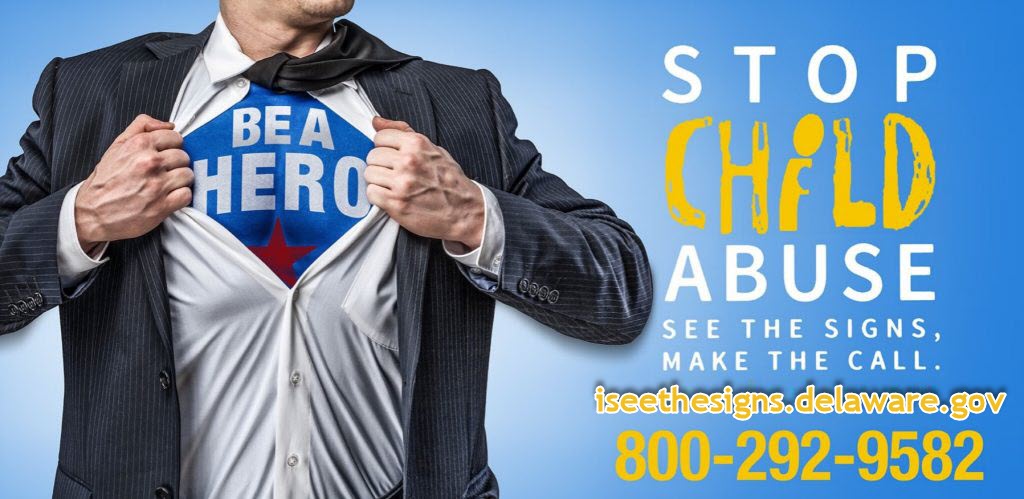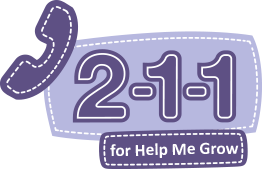

Together, we can all make a difference in the life of a child. It starts with prevention, education and awareness.
The signs of child abuse and neglect may not always be as obvious as a broken bone or bruise. There are behavioral and physical indicators that can give you clues. Download a PDF copy about some of the signs of abuse/neglect. You can also learn more about the signs of child sexual abuse and the myths surrounding the issue.
Reporting a suspected case of abuse or neglect is an incredibly important task. If you are concerned about a child, here is what to expect when you call the hotline. Learn what you should be prepared to share with our Report Line staff. Also, have you ever wondered what happens after you hang up? Read the information on the Investigative Process.
Mandatory Reporting Trainings for various disciplines which include educators, medical professionals and general professional audiences.
In Delaware, parents can take advantage of Help Me Grow. Call 2-1-1 if you need to be connected to resources within the community to help you manage issues whether you are facing multiple challenges such as single parenthood, or need access to low income services and support (i.e. POC, Medicaid, TANF).

211 is a centralized telephone access point to connect families to appropriate community resources in a timely manner. Help Me Grow also serves as a resource to parents with general issues and concerns related to their child’s development. The 211 hotline also has specialized call specialists so when you call, either enter the prompt for Help Me Grow or ask the call specialist to connect you with this unit.
By ensuring that parents have the knowledge, skills, and resources they need to care for their children, we can help promote children’s social and emotional well-being and prevent child maltreatment within families and communities.
Research shows that when parents possess six protective factors, the risk for neglect and abuse diminish and optimal outcomes for children, youth, and families are promoted. The six protective factors are: